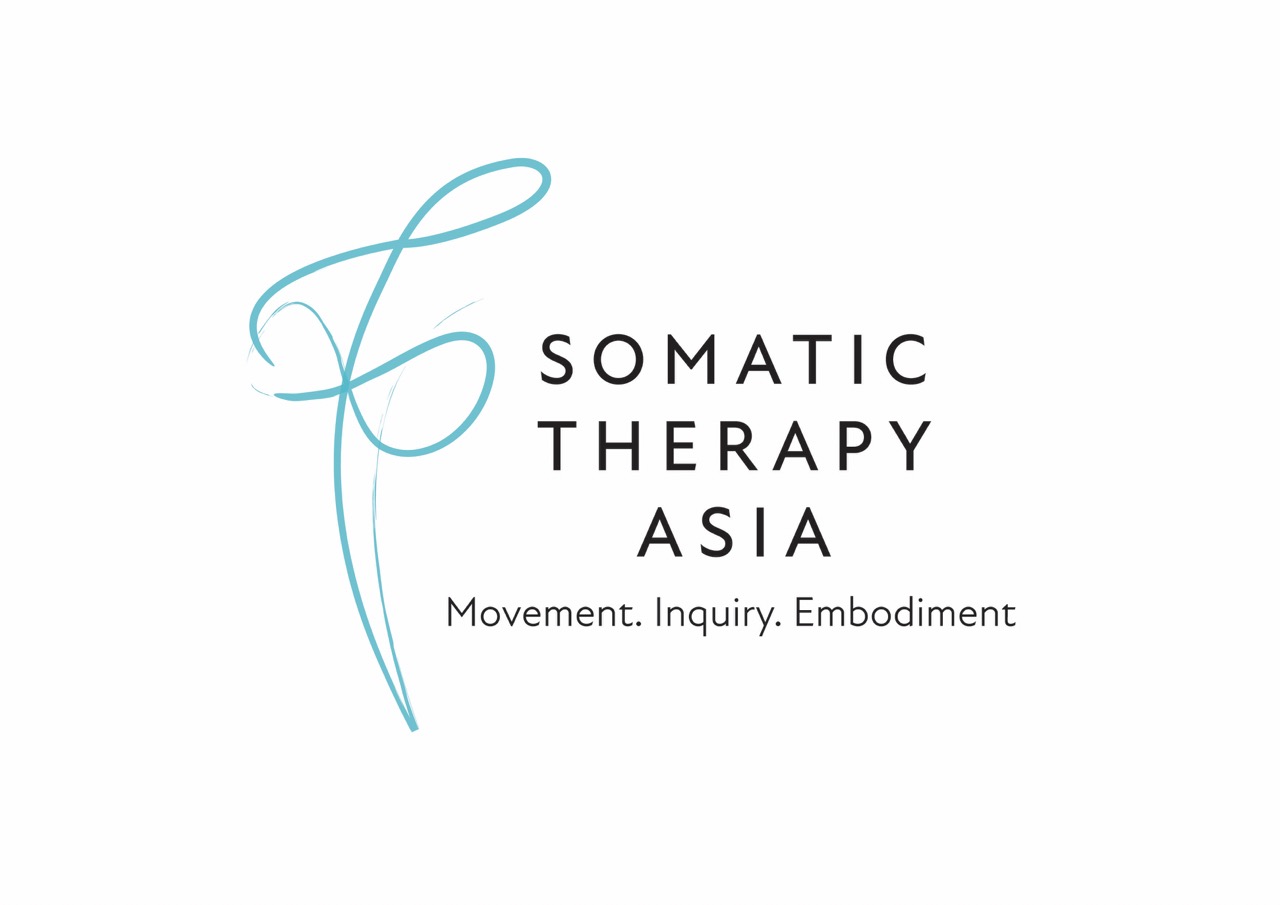Yoga & Stretching
This week’s topic on #somawithDaphneandLucy is about what constitutes healthy stretch!
Everyone loves a good stretch. However, do you sometimes feel that the more you stretch, the more you need to stretch?
The yoga world is obsessed with stretching. There’s this misconception that the more one stretches a particular area of the body, the “longer” and “looser” it will be, and “looser” feels better than “tight”. Like most things in life, there’s also the “high” of chasing big sensations in stretching, and the belief that there is no gain unless there is some sort of pain.
Being a person with hypermobility, the physical practice of yoga came about relatively easily for me. It doesn’t take long for my joint spaces to open up and I could quite quickly flop into forward bends or use my arms as leverage to pull myself to extreme range of motion. I’d feel spacious and open after an intense stretching session. However, it wouldn’t take long before my body started to feel tight again and needed another round of “fix”. As this cycle perpetuates, my body would feel achy and sore if I have to sit or stand or walk for extended periods; my mind restless.
To many people, I seemed like a dedicated yogi, spending hours on a yoga mat contorting myself into a pretzel. I realised that something had gone terribly amiss when the more I practice, the less I could bear stillness without discomfort – counter to the tenet that Yoga is state of being both steady and easeful (Sthiram Sukham Asanam)
I finally found the answer to this mystifying conundrum when I discovered somatics and mobility practice. I had been stretching wrong!
I was chasing sensations instead of cultivating awareness.
I wasn’t listening to the subtle nuances of what my body was telling me.
My muscles were either switched off or over-contracted in those deep stretches, further stressing my already hypermobile connective tissues – in particular the tendons and ligaments – as I collapsed into gravity or when I leveraged on an external force to pull myself into the end range of motion (ROM).
Even though this might initially trigger the nervous system into a relaxation response, it also destabilises the connective tissues around my joints. My body then sends a “danger signal” resulting in even more muscle tension, creating the vicious stretching cycle.
My practice now includes resistance stretching which requires active range of motion, i.e keeping muscles in eccentric contraction and maintaining integrated postural tone through myofascial continuity (more on a future post!) to express our 3-dimensional relationship with gravity and space, as well as in creating progressive loading with theraband or weights to strengthen and stabilise joints)
Passive stretching is still a valuable practice to down-regulate the nervous system when we use props to support joints without going into the full range of motion such as in restorative poses..
This post was previously posted on Yogawithdaphne.com on June 30th 2020




